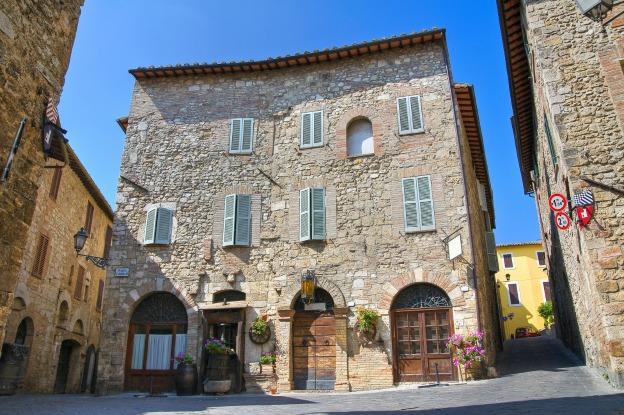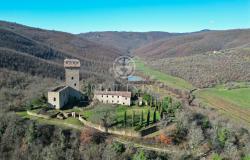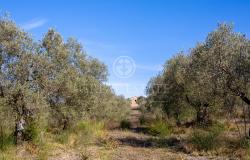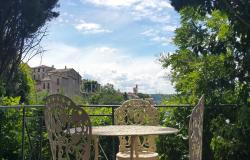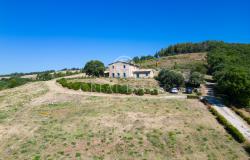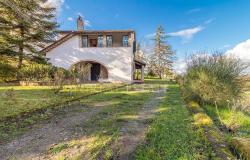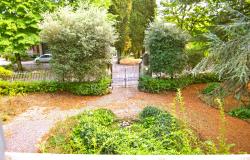Surrounded by the greenery of the Umbrian landscape, along the old Roman road Via Flaminia, San Gemini is a medieval town inscribed in the list of Italy’s most beautiful borghi (hamlets), thanks to a well-preserved, and cared for, historic center, a picturesque maze of alleys, stairways, arches and gates.
And history does feature prominently in this town whose origins date back to Roman times when, as a suburb of Carsulae, an important Roman center along the western branch of the Via Flaminia, grew into a the municipium of Casventum. It was not until the 9th century that the town took its current name, when residents decided to honor a Syrian prince, Yemin, who had flown his homeland after converting to Christianity and found refuge with the Benedictine monks of the area, devoting his life to doing good for the community. When the town was reconstructed following destruction by the Saracens in 885, the inhabitants, to show their gratitude, called it Civitas Sancti Gemini.
To the general public, the name San Gemini may sound familiar: that is due to the famous mineral water that flows from the area’s hot springs and is exported all over the world, said to be good for the bones thanks to its well-balanced mineral salts and calcium content (three glasses a day are the equivalent of a glass of milk).
I visited San Gemini last October when the annual Giostra dell’Arme festival was in full swing, and celebrations had taken over the town. From the staircase of the 13th century Palazzo Vecchio, the old seat of the Capitano del Popolo, I had the best view over the square which, in the Middle Ages, was the heart of the village, and where the young members of the local Gruppo Sbandieratori San Gemini (the local flag-throwers association) delighted spectators with their skillful flag waving choreography.
Giostra dell'Arme, which usually takes place between the last Saturday in September and the second Sunday in October, to include the Feast of the patron saint, celebrated on October 9, is a historical re-enactment much beloved by the residents, who, for the occasion, stroll the quaint streets in medieval costumes; the highlight of the festival is the contest between the knights of the two districts (rioni) in which the town is divided, the Rocca (fortress) and the Piazza (square).
Walk around San Gemini and you’ll find artistic and historic appeal everywhere: the suspended arches of Via del Tribunale and Vicolo del Gallo, embellished with flowers; the view over the town’s red roofs from the Esperia tower of Palazzo Vecchio; the coat of arms of the Santacroce family above the 12th-century Porta Burgi, the access gate to San Gemini’s medieval heart; the 11th-century Abbazia di San Nicolò, a splendid example of Romanesque architecture; the 12th-century Cathedral, dedicated to the town's patron saint, whose relics are preserved under the high altar.
By living the unhurried life every day, and by preserving and caring for its past and traditions, San Gemini is Umbria at its best.
San Gemini is 100 km from Rome, 70 km from Perugia and 82 km from Assisi.
